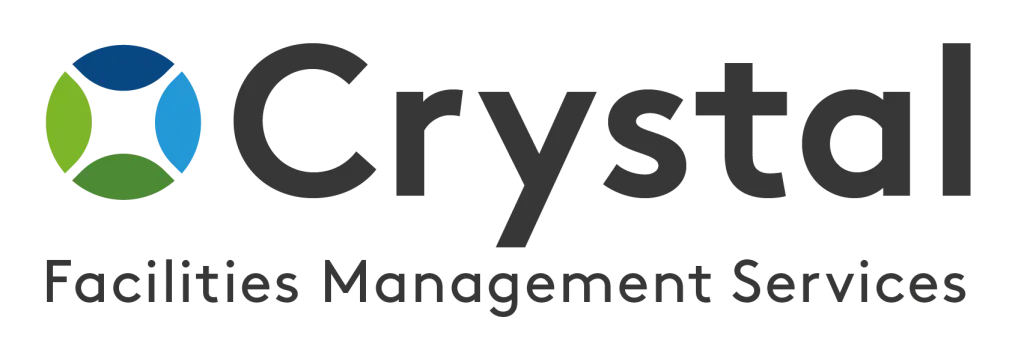Exploring the Latest Trends in Hard FM Technology
In the rapidly evolving world of facility management, technology plays a crucial role in streamlining processes, improving efficiency, and reducing costs. The area of hard facilities management (FM) focuses on the maintenance and operation of buildings and infrastructure. In recent years, there have been significant advancements in hard FM technology that are revolutionizing the industry. In this article, we will explore the latest trends in hard FM technology and their impact on facility management.
The Rise of Internet of Things (IoT)
One of the most significant trends in hard FM technology is the integration of Internet of Things (IoT) devices in facilities management. IoT refers to the network of physical devices, vehicles, appliances, and other objects embedded with sensors and software that enable them to connect and exchange data. The deployment of IoT devices in facilities allows for better real-time monitoring, automation, and control of various systems.
Benefits of IoT in facilities management:
- Energy efficiency: IoT-enabled sensors can track energy consumption in real-time, identifying areas of wastage and enabling more efficient use of resources. This leads to significant cost savings for facility managers.
- Asset management: IoT devices can track and monitor equipment, providing valuable data on its performance and maintenance requirements. This helps facility managers optimize asset lifecycles and reduce downtime.
- Improved security and safety: IoT sensors can detect potential threats, such as gas leaks or unauthorized access, and alert facility managers in real-time. This allows for faster response times and enhanced safety for occupants.
- Enhanced comfort: IoT devices can monitor environmental conditions, such as temperature and lighting, and automatically adjust settings to optimize occupant comfort.
- Data-driven decision-making: The abundance of data collected by IoT devices allows facility managers to make informed decisions based on real-time insights and analytics.
Artificial Intelligence (AI) and Machine Learning
Another trend shaping the future of hard FM technology is the integration of Artificial Intelligence (AI) and Machine Learning. AI refers to the simulation of human intelligence in machines that are programmed to think and learn, while Machine Learning involves the development of algorithms that allow systems to learn and improve from data without explicit programming.
How AI and Machine Learning are transforming facilities management:
- Predictive maintenance: AI-powered systems can analyze data from various sensors to predict equipment failure and maintenance needs. This enables facility managers to schedule repairs and replacements proactively, minimizing downtime and costs.
- Optimized resource allocation: AI algorithms can analyze historical data on resource usage and occupancy patterns to optimize the allocation of space, staff, and assets within a facility.
- Smart workflow automation: AI-powered systems can automate routine tasks, such as scheduling maintenance requests and work orders, freeing up facility managers’ time for more strategic activities.
- Cognitive chatbots: AI-powered chatbots can provide real-time assistance to facility occupants, answering common queries and resolving issues promptly. This improves customer satisfaction and reduces the workload on facility management staff.
Building Information Modeling (BIM)
Building Information Modeling (BIM) is a process that involves the creation and management of digital representations of physical and functional characteristics of a facility. BIM technology is revolutionizing the construction and maintenance of buildings by providing a collaborative and data-rich platform for all stakeholders.
Key benefits of BIM in hard FM:
- Improved planning and design: BIM allows facility managers to create virtual simulations and perform clash detection before construction, reducing rework and improving overall accuracy of design.
- Efficient maintenance and operations: BIM databases can store critical information about building components, systems, and equipment, making it easier for facility managers to plan and execute maintenance activities.
- Integration with IoT: BIM models can be integrated with IoT sensors to provide real-time data on building performance, allowing facility managers to make data-driven decisions for energy management and maintenance.
Drones and Robotics
Drones and robotics are revolutionizing various industries, and facilities management is no exception. Drones equipped with cameras and sensors can inspect building exteriors, rooftops, and other hard-to-reach areas, providing facility managers with valuable visual data without the need for manual inspections.
Advantages of drones and robotics in hard FM:
- Efficient inspections: Drones can quickly and safely inspect large areas, detecting maintenance issues, such as cracks or leaks, in less time compared to traditional manual inspections.
- Enhanced safety: Drones can access hazardous or hard-to-reach areas, reducing the risk to human inspection teams.
- Remote monitoring: Drones and robotics can be equipped with sensors for real-time monitoring of various parameters, such as temperature, humidity, and air quality.
- Increased productivity: Robotic systems can automate repetitive tasks, such as floor cleaning or trash collection, reducing the workload on facility management staff.
In Conclusion
The latest trends in hard FM technology are transforming the way facility management is conducted. The integration of IoT devices, AI and Machine Learning, BIM, and drones/robotics is enhancing efficiency, reducing costs, improving occupant safety and comfort, and enabling data-driven decision-making. As technology continues to evolve, facility managers must stay abreast of these trends and adopt the latest tools and practices to effectively manage their facilities. At Crystal Facilities Management, we embrace these technology trends in our cleaning services to provide our clients with the best possible outcomes. Contact us today to learn more about our technology-driven approach to facility management.












